Blindness has long been a challenging condition to treat, often requiring invasive surgical procedures that come with their own risks and limitations. However, recent advancements in technology have paved the way for a groundbreaking solution that offers hope to millions around the world – a non-surgical cure for blindness. Imagine a world where faces are abstract blurs and colors are whispers, enveloped in a constant state of darkness. The burden of blindness is a sobering reality that characterizes millions of people worldwide. However, what if we informed you that this reality is about to be altered? This is the emerging frontier of a technology revolution, not science fiction: tech that cures blindness without surgery.
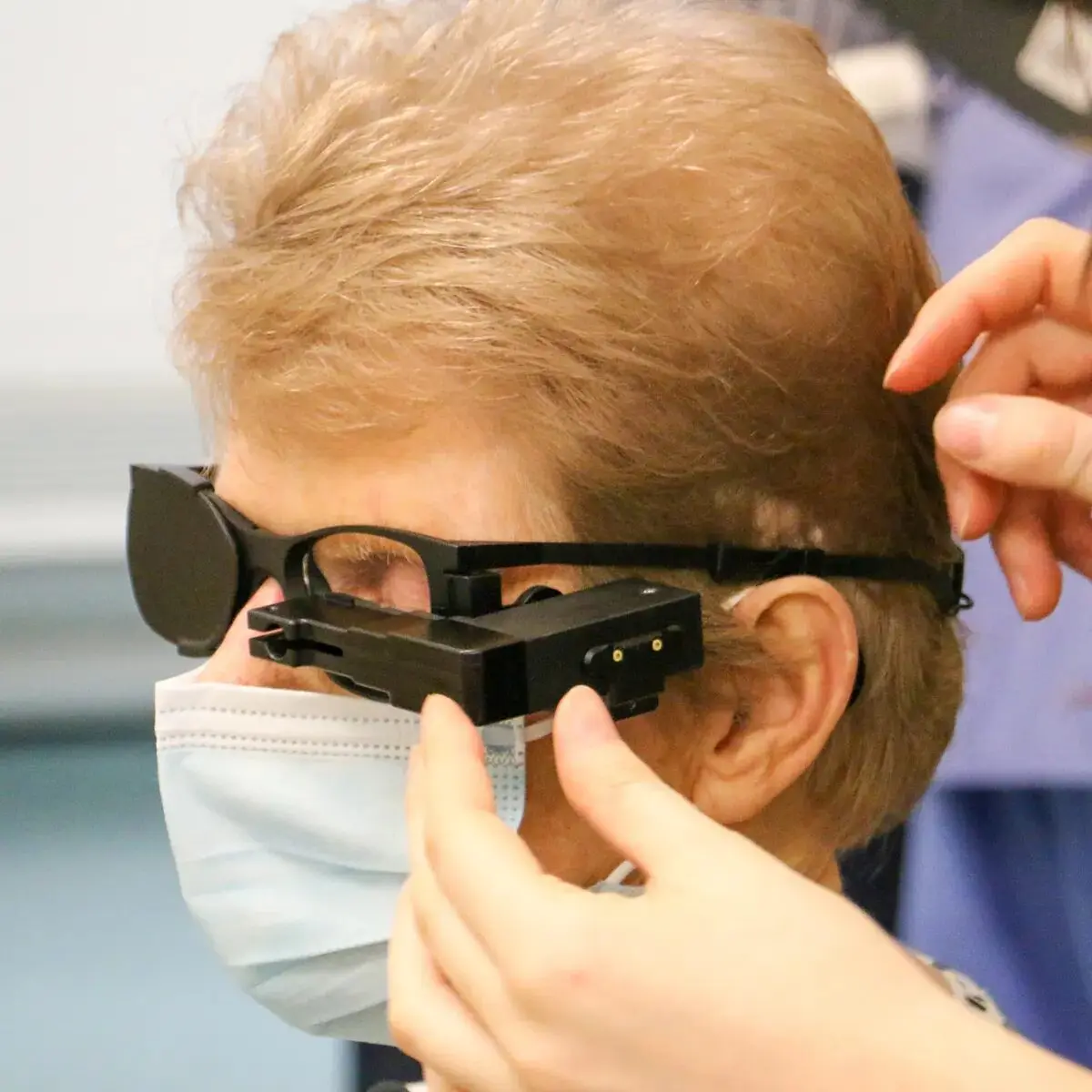
The notion of recovering vision without the need for surgery was confined to folklore for many years. However, the seemingly unachievable is starting to become a real reality because to innovation’s unrelenting march. A fascinating variety of technology, ranging from neural implants to prosthetic eyes, is painting a brighter future for the blind.
Bionic Eyes: A Window to the World
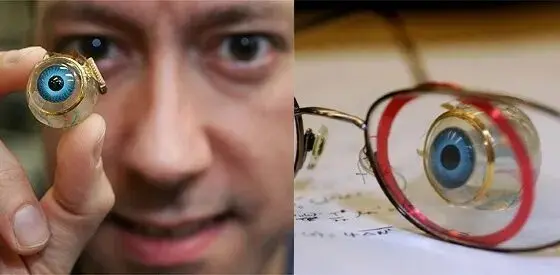
Bionic eyes, tiny marvels of microelectronics that imitate the human retina, are leading this revolution. The brain interprets the electrical signals produced by these microscopic prosthesis, which are implanted behind the eye, as vision. Imagine donning a pair of cutting-edge sunglasses, when all of a sudden, faces emerge with sharp edges, breathtakingly detailed landscapes unfold, and a kaleidoscope of vivid colors explodes out of the world.
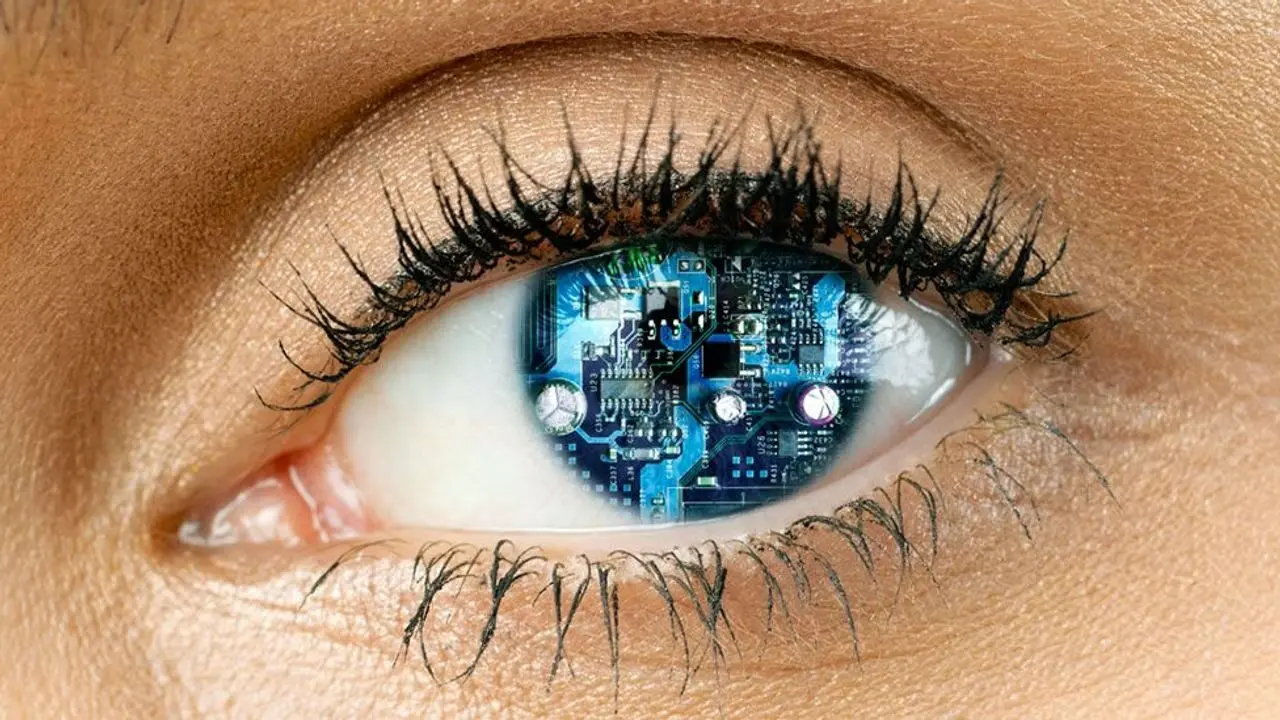
The journey isn’t flawless just yet. The world as it appears to us is not photorealistic with bionic vision. With its poor color sense and resolution, it’s more akin to a mosaic. For those who have never seen, however, even this incomplete view is a stunning awakening. It’s the distinction between fumbling into a poorly lit doorway and navigating through complete darkness; it’s a huge step toward inclusion and independence.
Brainwaves that Paint a Picture
Gene Therapy
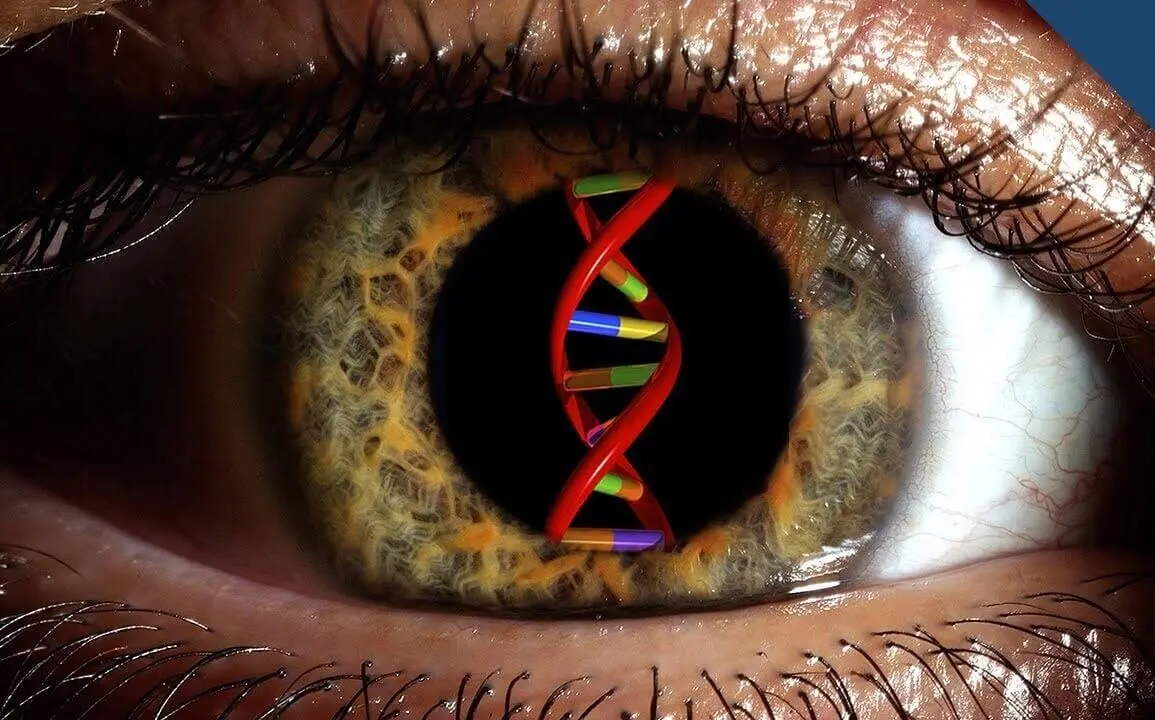
This approach targets the root cause of genetic eye diseases by introducing healthy copies of genes into retinal cells. For instance, research is ongoing for conditions like Leber congenital amaurosis (LCA), a group of inherited retinal diseases. Successful gene therapy trials have shown promising results in restoring some vision in patients with LCA.
Optogenetics
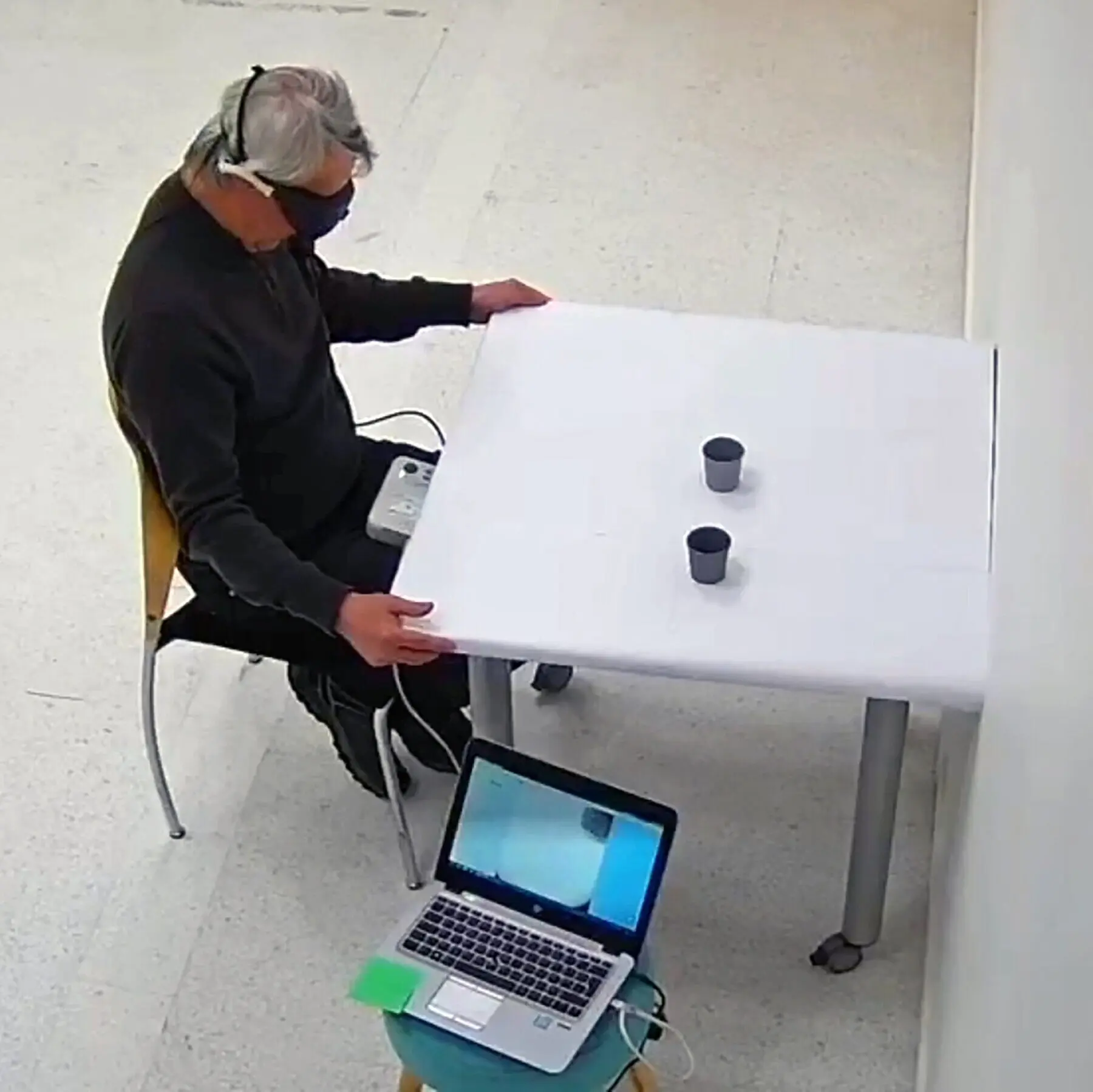
This technology utilizes light to stimulate retinal cells. By implanting tiny light-sensitive proteins (opsins) into retinal cells that have become dysfunctional, optogenetic devices can restore some level of light perception. This approach holds promise for patients with retinitis pigmentosa, a genetic condition that causes progressive vision loss.
Conclusion
The above YouTube video explains more about the promising frontiers in the many researches being done and are proved to be successful in curing blindness without surgery. Let us know what you think in the comment section below.
Read More Posts Like This…
- How to Use Google Magnifier for Enhanced Text Visibility
- 7 Adventure Games That Will Captivate Your Soul
- Atomic Heart Hentai | The Fascination
- 10 Incredible Types of Websites That Will Generate Money in 2024
Frequently Asked Questions on Tech that Offers Hope for Cure of Blindness without Surgery
General Questions:
Is there a cure for blindness?
Currently, there is no universal cure for blindness, but there are treatments that can help restore some vision, depending on the cause.
What are some of the new technologies offering hope for a cure?
This field is constantly evolving, but some promising areas include gene therapy, stem cell therapy, and advanced electronic implants.
Are these new technologies safe?
Most of these technologies are still in the early stages of development, and extensive safety testing is ongoing.
How can gene therapy cure blindness?
Gene therapy aims to replace or repair faulty genes that cause blindness.
What are the potential risks of stem cell therapy for blindness?
Some potential risks include rejection of the transplanted cells or the formation of tumors.
How do electronic implants work to restore vision?
These implants aim to bypass damaged parts of the eye and directly stimulate the retina or visual cortex with electrical signals.
Who are the leading researchers in this field?
There are many research institutions and companies working on different aspects of curing blindness. Some prominent names include Second Sight, Editas Medicine, and Moorfields Eye Hospital.
When can we expect a cure for blindness?
It’s difficult to predict a definitive timeline. While some technologies are showing promise in clinical trials, it may still take several years before they become widely available.
Will these new cures be affordable?
The cost of these treatments is still unknown, but they may be expensive initially. Efforts are underway to make these treatments more accessible in the future.
What are the ethical considerations of these new technologies?
There are ethical concerns around access, potential side effects, and the long-term implications of these treatments.
Remember: This is a rapidly developing field, so staying informed about the latest research and clinical trials is important.


